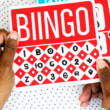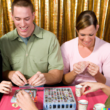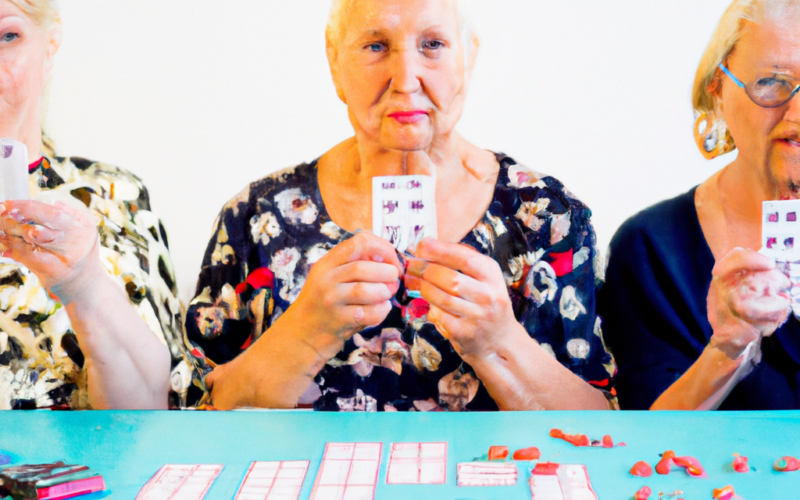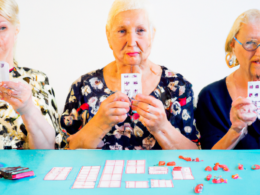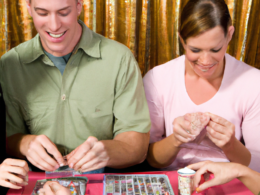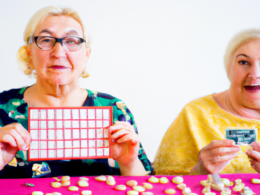Bingo numbers are called in a variety of ways. In some places, they are called “tickets.
” In other places, they are called “numbers.” In still other places, they are called “lines.” .
Regardless of how they are called, the process of drawing bingo numbers is basically the same. The game is played with a deck of 52 playing cards.
One player is chosen to be the caller, and he or she will draw four cards from the deck. The first card is turned over to begin the game, and the remaining three cards are set aside to be used as bingo numbers. .
The caller will then announce the bingo number that he or she has drawn. For example, if the caller has drawn the number 8, he or she would say “eight,” and everyone else would start playing by marking off their number on their sheet of paper.
If no one has drawn a number that matches the announced bingo number, then the next player in line would draw a card and announce the corresponding bingo number.
Once everyone has announced their numbers, it’s time to determine who won the game. The player with the highest numbered card in his or her hand is considered to have won that particular round of play, and that player can go on to play another round of bingo.
If two or more players have the same highest numbered card, then the player with the highest numerical value of all their cards wins that round of play.
If someone drAWS a bingo number that doesn’t correspond to any of the previously announced numbers, then that player can call out “bingo” (or whatever name convention is being used) and start playing from scratch by drawing one card from the deck. The game continues in this manner until someone either wins or gets stuck with a bingo number that no one else has drawn yet.
At the end of every game, all unused playing cards (including those from previous rounds) are collected and shuffled together before being put back into the deck and given back to whoever drew them – usually the caller. This way, everyone has an equal chance at drawing any number during future games.

